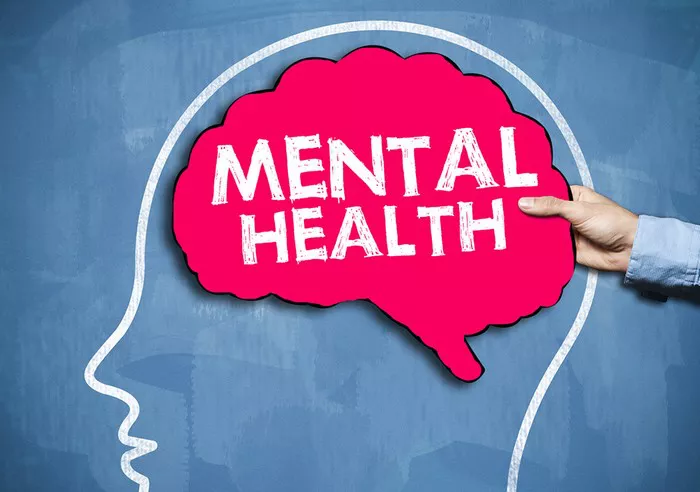The recent surge of measles cases in Arizona has raised serious concerns, particularly regarding the vaccination rates among the indigenous population. As of 2025, the United States has been grappling with a significant resurgence of measles, with Arizona emerging as a notable hotspot in this health crisis.
As of June, Arizona’s health department reported that the state’s measles case count had reached 16, with 15 cases originating from Pinal County and 1 from Maricopa County. These numbers are part of a broader, alarming trend across the nation. By May 15, 2025, 31 U.S. jurisdictions had reported a staggering 1,024 measles cases, the highest figure since 2019. Texas led the country with 718 cases, but Arizona’s situation has drawn special attention due to its implications for vulnerable communities, including indigenous groups.
One of the major issues contributing to the spread of measles in Arizona is the low vaccination rate. Maricopa County Public Health’s Rebecca Sunenshine noted that Arizonans fall below the crucial community immunity threshold of 95%. In Arizona, approximately 6% of kindergartners are exempt from at least one school-required vaccine, and the rate is similar for exemptions from the measles vaccine in Maricopa County. Charter schools are particularly at risk, with an average of 9% of kindergartners being exempt from the measles vaccine.
The problem may be even more acute among indigenous populations, where factors such as misinformation, geographical challenges, and cultural beliefs could potentially further suppress vaccination rates. As Will Humble, executive director of the Arizona Public Health Association, pointed out, in the past 12 years, childhood vaccination rates have been on a downward trend, and efforts to stabilize it have not been fully successful. Higher-income parents, in particular, are increasingly choosing not to vaccinate their children, often influenced by misinformation spread on platforms like Facebook or within social circles.
Measles is one of the most contagious diseases known to humankind, spreading easily through coughs and sneezes. Unvaccinated individuals, especially children on chemotherapy, infants too young to be vaccinated, and those with weakened immune systems, are the most vulnerable. If an infected person from a region with declining vaccination rates, such as Europe, were to travel to Arizona, the consequences could be devastating.
With the state’s many areas having vaccination levels below the herd immunity threshold, the risk of a large-scale, sustained measles outbreak is high. As the situation in Arizona worsens, health experts are urgently calling for measures to boost vaccination rates, especially within vulnerable populations. Whether through public education campaigns to dispel misinformation, improving access to vaccines in remote areas, or addressing cultural barriers, action is needed to prevent further spread of the disease and protect the health of all Arizonans, including the indigenous communities.
Related topics:

































